WELCOME IN THE NEW KING OF HEAVY-LIFT ROCKETRY: EAGLE HEAVY.
Orion Technologies proudly presents the Eagle Heavy, a heavy-lift to super heavy-lift launch vehicle, building off of the successful Eagle 5, and advancing forward. Eagle Heavy represents the next milestone in our constant quest to explore the Solar System. An inexpensive and reliable super heavy-lift launch vehicle unlocks many new destinations throughout the cosmos. And, with a majorly successful first launch under our belt, we herald in the new era of Eagle Heavy.
DESIGN OVERVIEW
Eagle Heavy is a massive step up from our Eagle 5, on which the Eagle Heavy is based. Eagle Heavy utilizes 3 Eagle 5 cores strapped together. Additionally, an Eagle 5 second stage and payload fairing tops that. Specifications are as follows:
Height: 245ft
Core Diameter: 14ft
Fairing Diameter: 18ft
First Stage Engines: 21x Talon TR8.3
Propellants: LCH4/LOX
Payload to LEO: 108,500lbs(fully reusable)
Payload to GTO: 39,600lbs(fully reusable)
Payload to TLI: 32,500lbs(fully reusable)
Payload to Mars: 19,000lbs(fully reusable)
Cost(USD): $130 million
Thrust: 5,000,000 lbf(sea level)
The design involves using high-strength struts to attach 2 Eagle 5 first stages to another Eagle 5 first stage. The boosters, have carbon-composite aerodynamic nose cones in place of the typical interstage. The boosters during flight will pump fuel to the core stage, allowing it to run longer, and the boosters to separate sooner. When in the reusable configuration, the boosters will both land simultaneously downrange on LP-1 and LP-2. The core stage, a modified Eagle 5 first stage, is structurally strengthened and is capable of handling the combined thrust from the two boosters. In the reusable configuration, it will also land downrange, albeit on a drone ship, after stage separation from the second stage. The second stage is a stock Eagle 5 second stage, always in the expendable configuration due to the expected trajectories/weights of Eagle Heavy payloads. The payload fairings are also our stock Eagle 5 carbon-composite fairing halves, however, Eagle Heavy is able to fly our larger TFO fairings if needed. 3 different configurations of Eagle Heavy exist, the Fully-Reusable Variant(FRV), the Partially-Reusable Variant(PRV), and the Fully-Expendable Variant(FEV). The FRV is the version pictured, and features both boosters and core stage with reuse mechanisms. PRV features reusable boosters, but an expendable core stage. PRV has an increased payload to LEO: 124,500lbs. FEV features all stages in the expendable configuration, and a payload capacity of 141,000lbs to LEO. Eagle Heavy will allow for a more detailed exploration of our Solar System, and beyond.
EAGLE HEAVY DEMO-1 MISSION OVERVIEW:
Eagle Heavy lifted off for the first time from Pad 12 at Orion-Texas Spaceport at 8:20AM UTC, May 15. The flight vehicles used were B355(Center Core), B328(Left Booster), B329(Right Booster), and S1573(Second Stage). Both boosters and second stage were flying for their first time, though B355 had 3 previous flights. The sky was clear and ready to receive the beast as it soared upward under the power of 21 Talon rocket engines. Everything preformed nominally. Booster separation occurred at T+2:02. Both boosters flipped and preformed simultaneous boost back burns. The center core kept going, with MECO and stage separation occurring at T+2:55. The center core flipped as planned as the second stage lit its engine and placed itself into a parking orbit. Both boosters descended over the Gulf, and the awe-inspiring double sonic boom was heard as the boosters started their landing burns. Both booster came to a fulls stop atop LP-1 and LP-2, marking Orion Technologies’ first doubleheader Eagle 5 landing. The center core descended nominally, though telemetry cut out from it halfway through descent. For unspecified reasons, the center core experienced a RUD, and did not preform a landing aboard our drone ship in the Gulf. And investigation will be held later this month. After a 56 minute orbit, the second stage and its payload preformed the TLI burn, boosting both on an impacting lunar trajectory. Shortly after SECO-2, the payload and second stage separated. The second stage then preformed one last burn, sending it onto a heliocentric orbit, rather than an impacting lunar trajectory. Telemetry cut out with the second stage at approximately T+12:33:00, due to the planned expending of the onboard batteries. The second stage continued on though, sailing into an elliptical heliocentric orbit after a lunar gravity assist. It boar a plaque with the inscription, “MADE ON EARTH BY HUMANS.”
INSTRUCTIONS FOR USE:
AG1: All Talon Engines on boosters/core stage
AG2: Boostback Engines on boosters/core stage
AG3: Central Landing Engine on boosters/core stage
AG4: Grid Fins for boosters/core stage
AG5: Landing Legs for boosters/core stage
AG6: T-VAC engine on second stage
AG8: Booster Separation
AG9: First and Second Stage Separation
AG10: All stages RCS
Launch under 90%-70% power to avoid heat damage. Separate boosters once empty by pressing AG8 and staging. Use infinite fuel to reuse boosters(sorry). Once center core is at 20% fuel, shut down, and separate via AG9, and stage. NEVER separate Payload Fairings when second stage is in attitude motion. It’s pretty simple after that. Enjoy, and be sure to check out all the different camera views!
ACKNOWLEDGEMENTS:
Thanks to @TheQiQi for the decals!
Massive thanks to @Luc3s for the Mün or Bust! payload!
Will be posting more Eagle Heavy’s(PRV and FEV variants) soon, stay tuned!
GENERAL INFO
- Created On: iOS
- Game Version: 1.3.204.1
- Price: $569,209k
- Number of Parts: 1141
- Dimensions: 81 m x 6 m x 15 m
PERFORMANCE
- Total Delta V: 15.0km/s
- Total Thrust: 53.1MN
- Engines: 29
- Wet Mass: 1.22E+6kg
- Dry Mass: 2.4E+5kg
STAGES
| Stage | Engines | Delta V | Thrust | Burn | Mass |
|---|---|---|---|---|---|
| 1 | 21 | 5.8km/s | 39.8MN | 83s | 1.22E+6kg |
| 2 | 4 | 2.6km/s | 7.0MN | 5.2m | 1.22E+6kg |
| 3 | 1 | 2m/s | 423kN | 1s | 1.36E+5kg |
| 4 | 1 | 6.5km/s | 2.4MN | 2.7m | 1.36E+5kg |
13 Comments
- Log in to leave a comment
-
3,706 OrionTechnologiesPinned 7 months ago
Massive thanks to @Luc3s for the Mün or Bust! payload! Eagle Heavy Demo-1 would not have been the same without it. Orion Technologies is happy to report that the impactor is on a nominal trajectory to impact the lunar surface 2-3 days from now.
-
3,706 OrionTechnologies6 months ago
@SpaceLAerospace, yes, “Eagle 5” sounded better than “Eagle 7”. Also the original design for it only had 5 engines.
-
2,064 SpaceLAerospace6 months ago
@OrionTechnologies this but just Stage 1 and 2 (there is 7 engines on the first stage)
-
-
-
-
12.4k QuantumSpaceJNO6 months ago
@OrionTechnologies i will go for the eagle 5 flight since the sunsats are super light and there is no need for such a big rocket for such small satelites.
-
-
3,706 OrionTechnologies7 months ago
@QuantumSpaceJNO, apologies. We didn’t want to launch any operational satellites due to the test flight nature of the launch. If you’d like, we can still launch your satellites onboard an Eagle 5 or on the upcoming Eagle Heavy DF-2 launch
-
-
3,706 OrionTechnologies7 months ago
No, just kidding. An invisible strut holds them together, and both operate on the same flight computer, allowing for replicated commands for both.
-

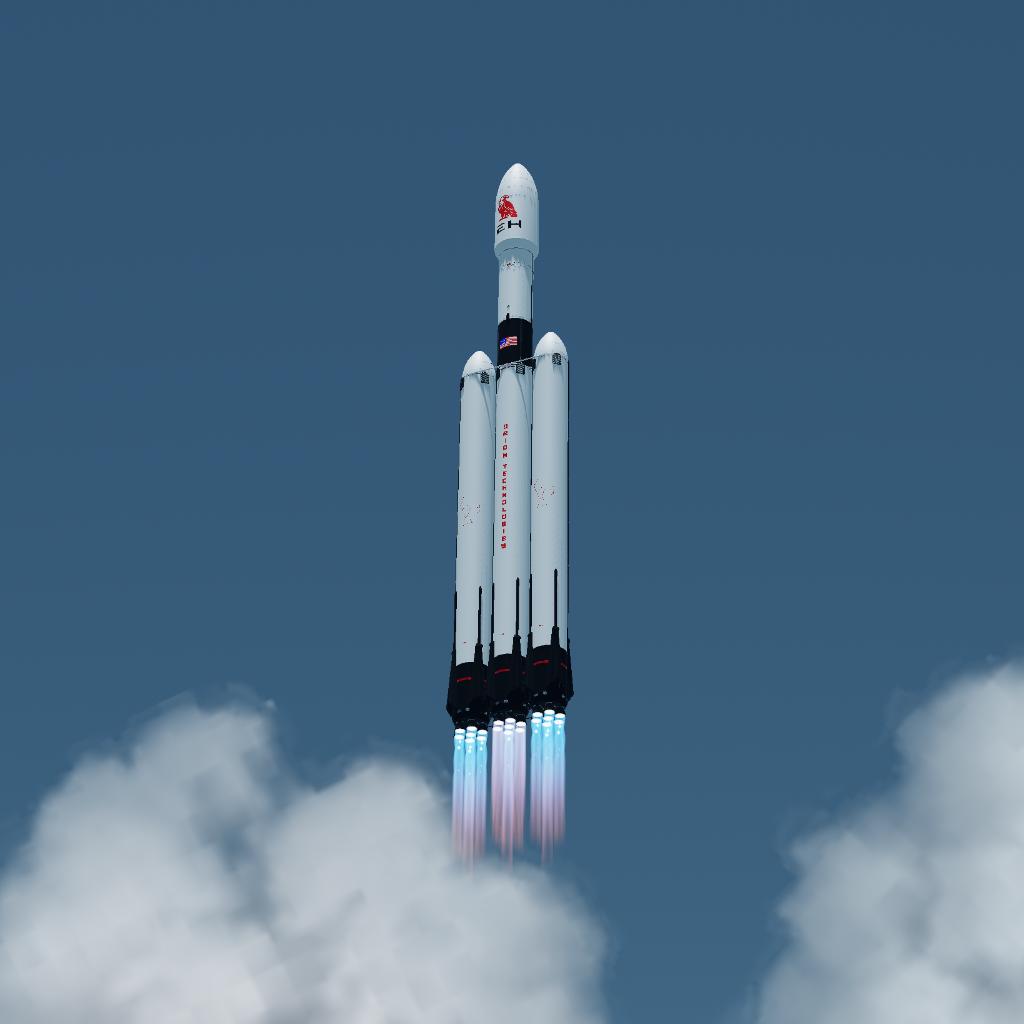
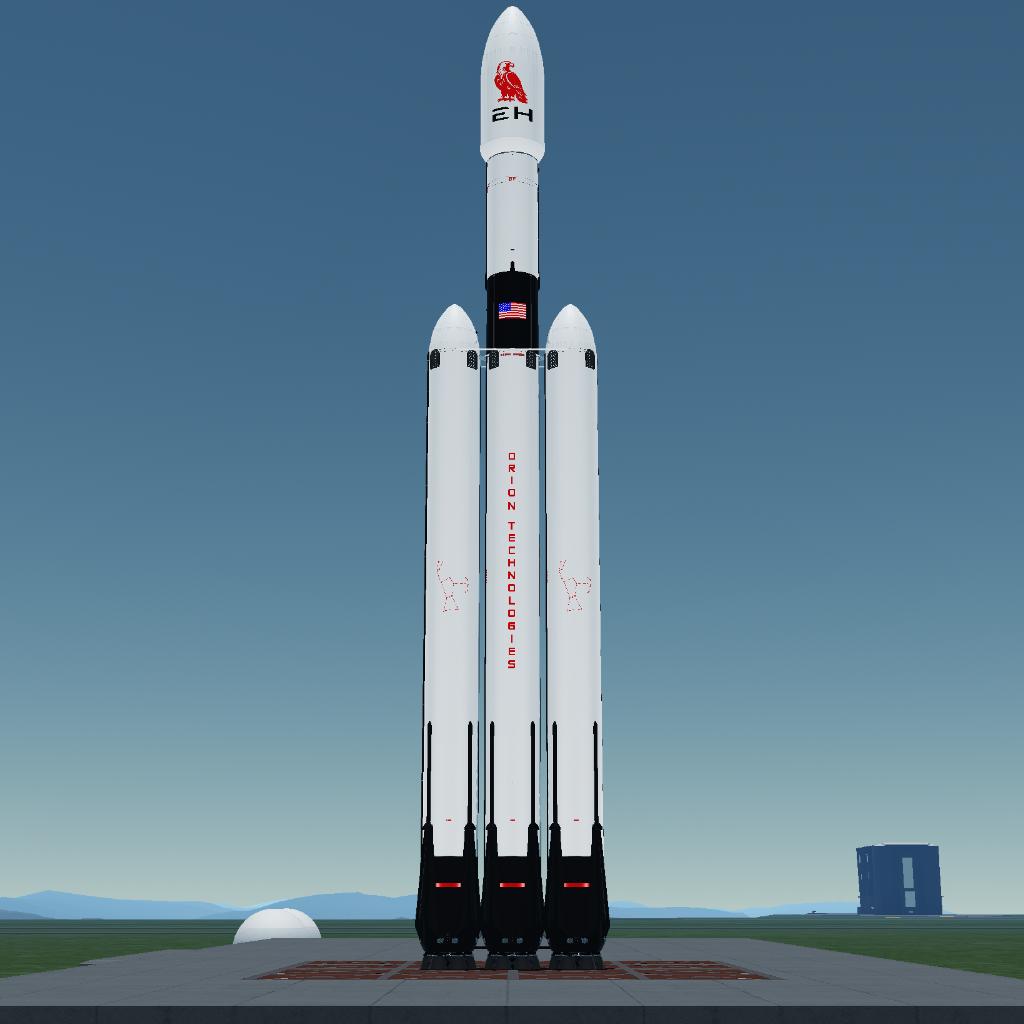
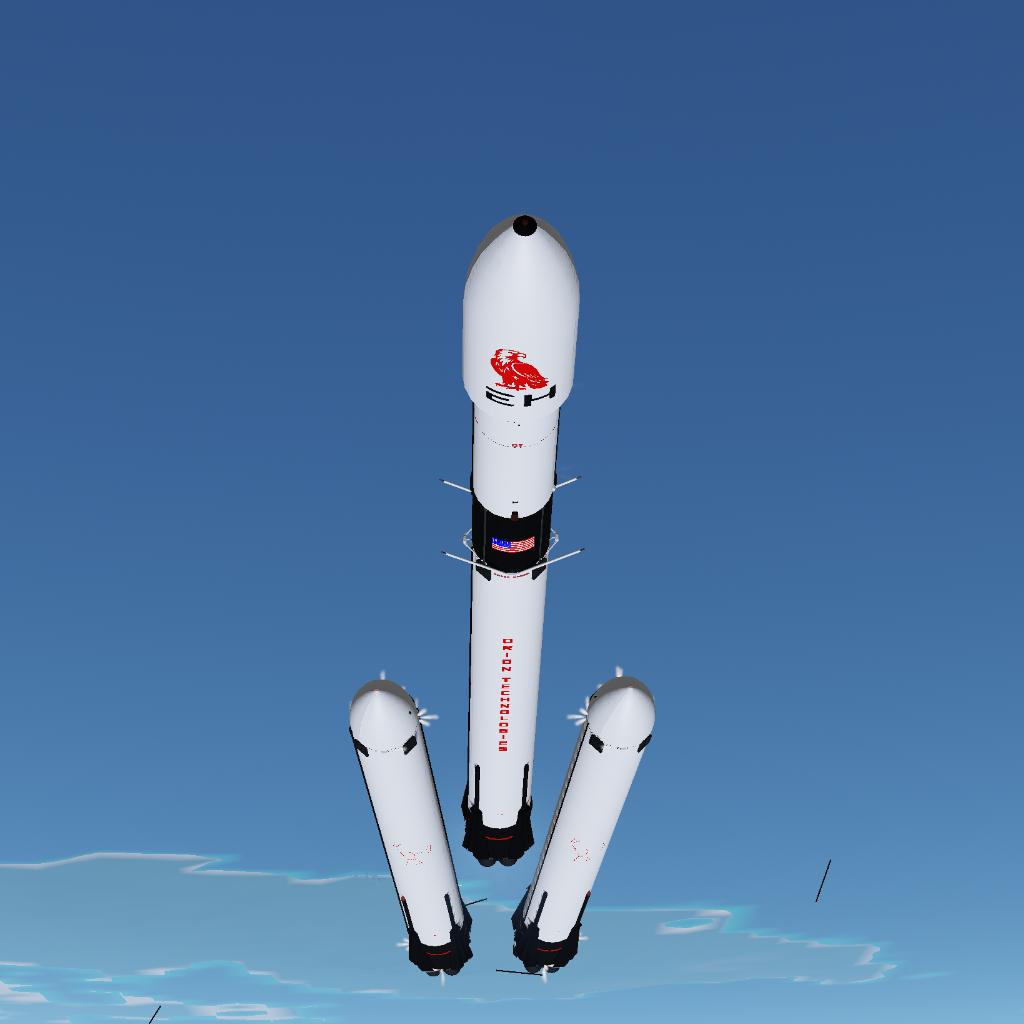
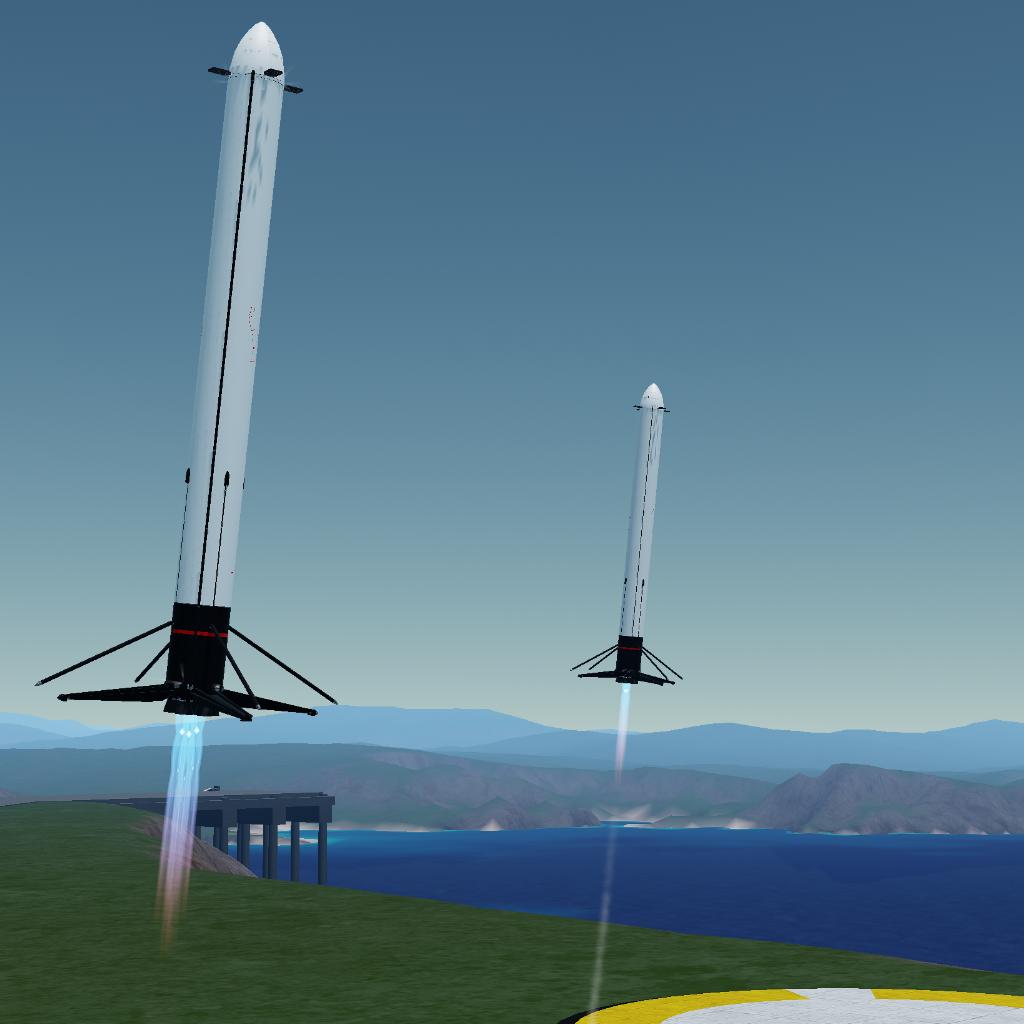
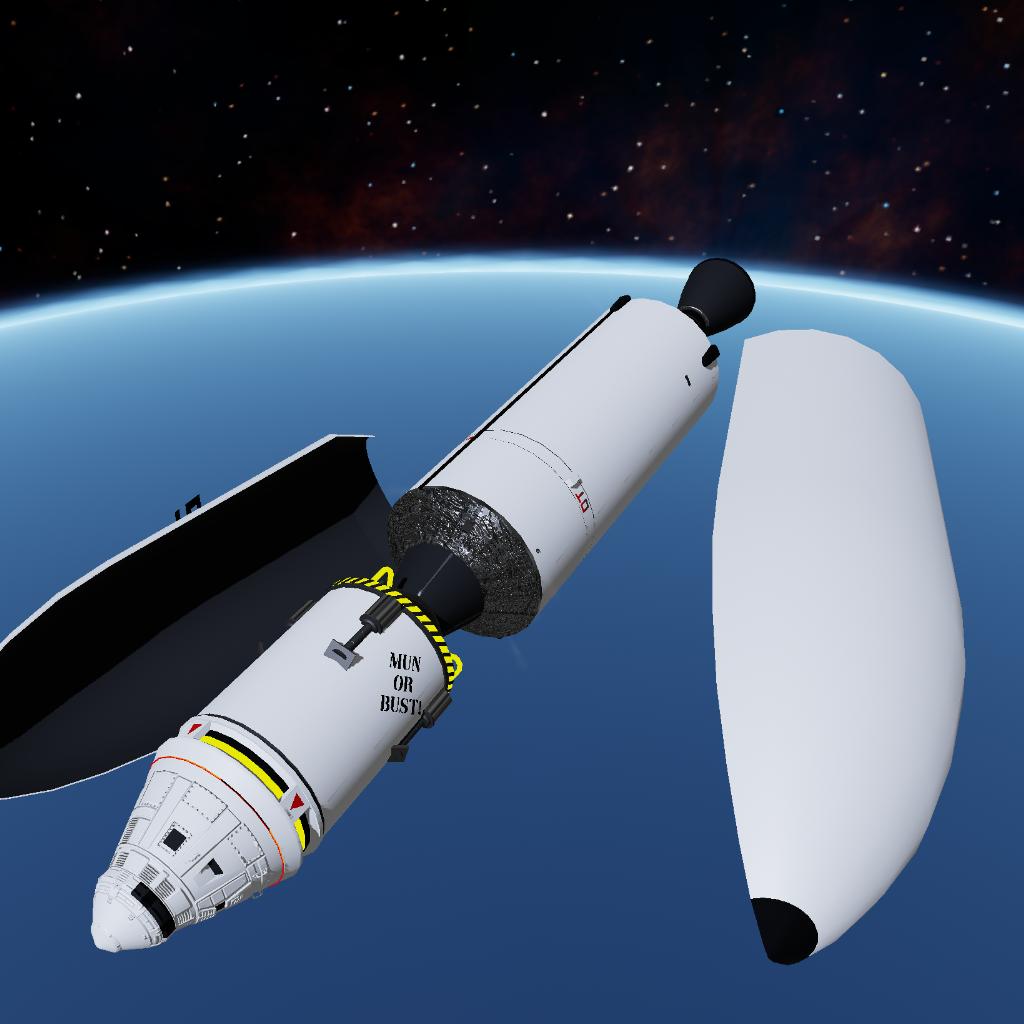

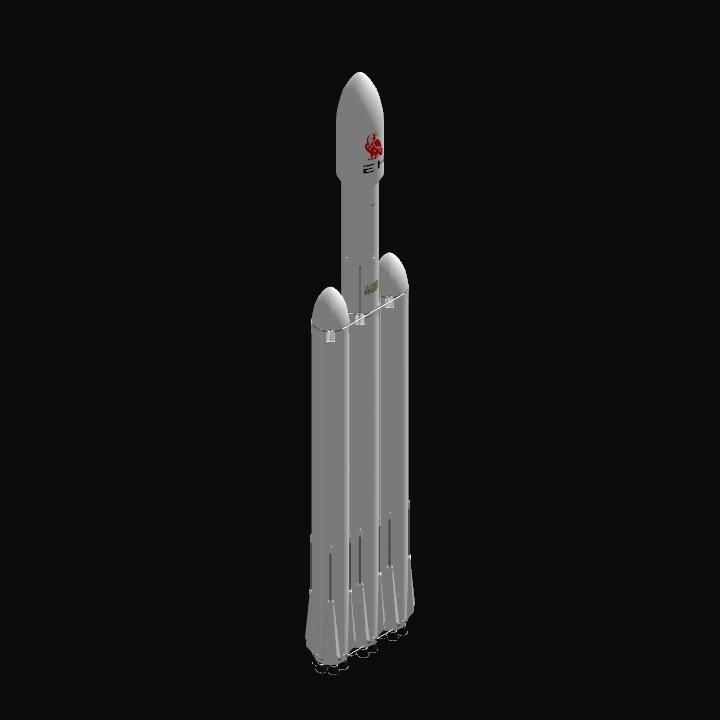
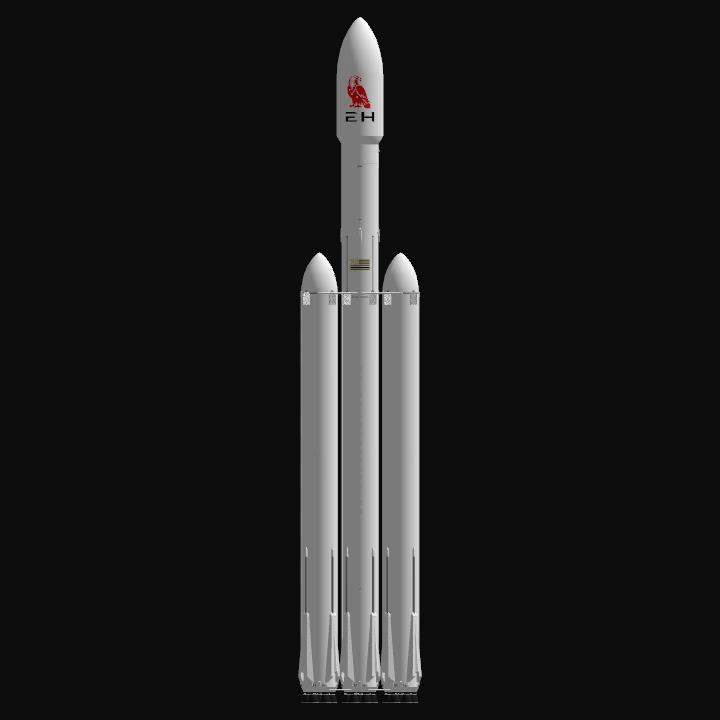
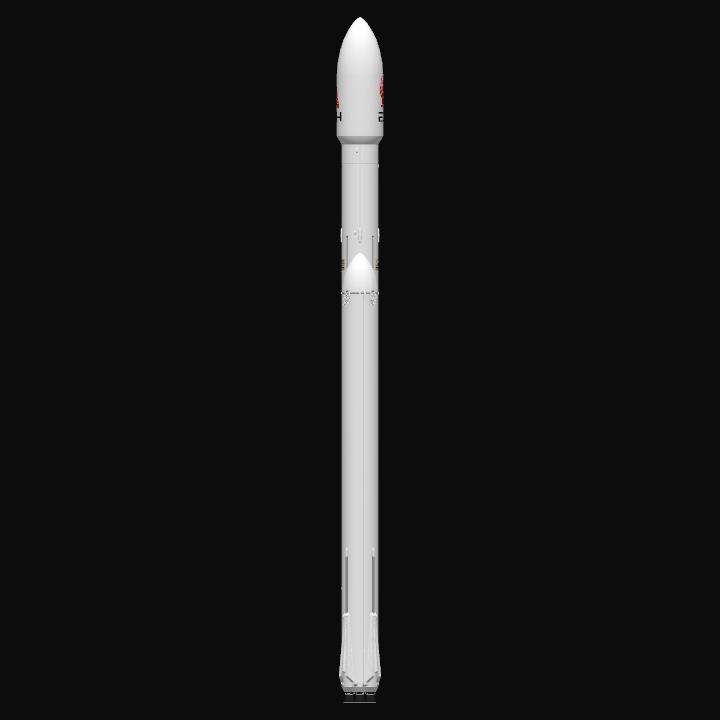
@OrionTechnologies Congratulations to the entire Orion Technologies team of engineers and scientists, here’s to many years of success!